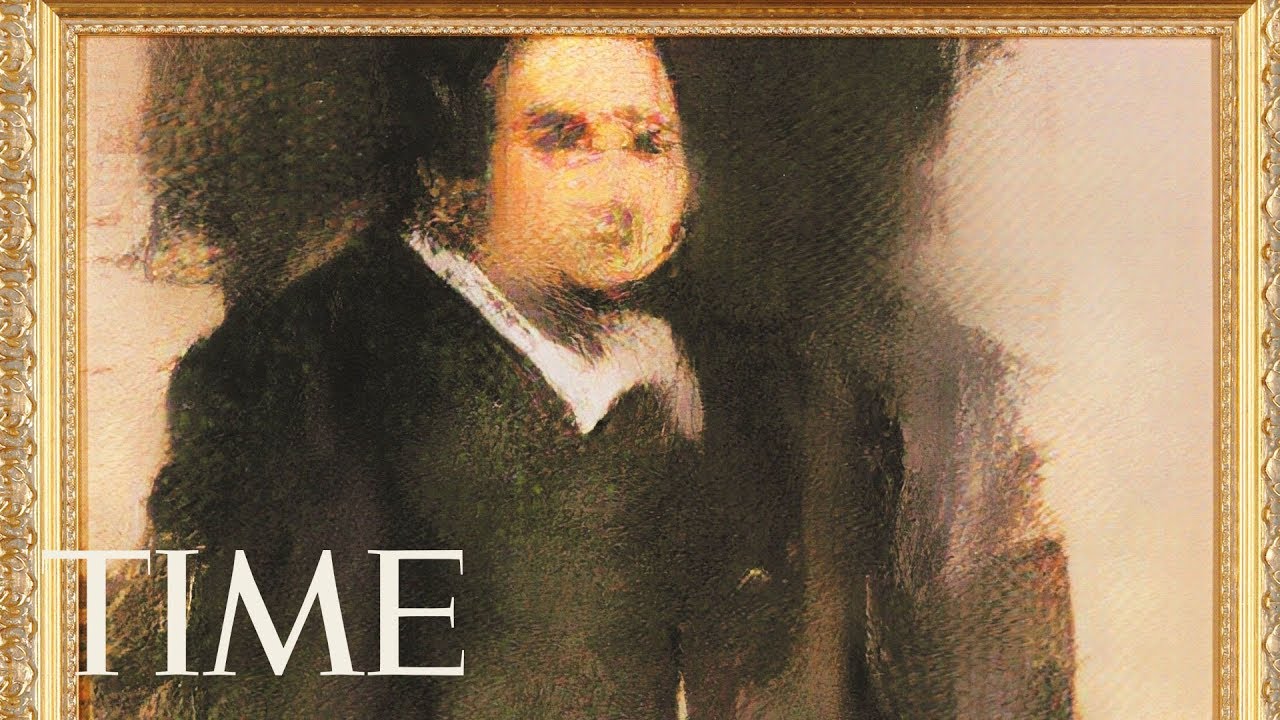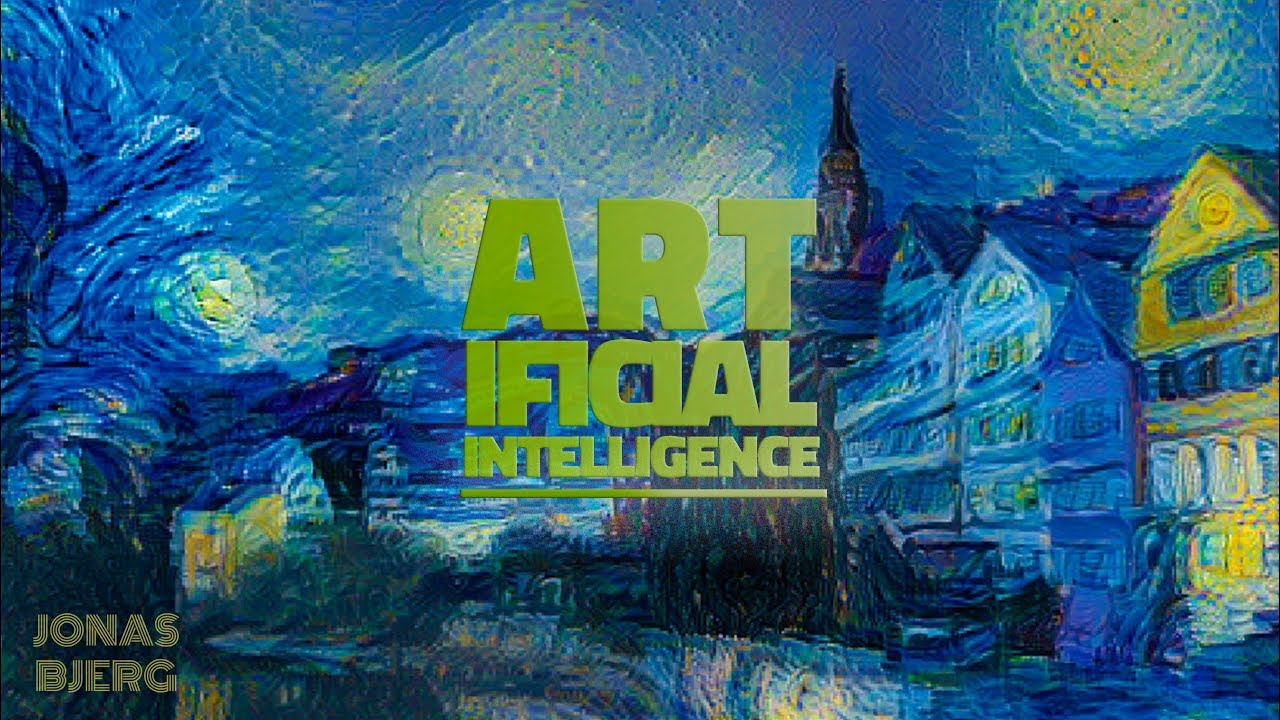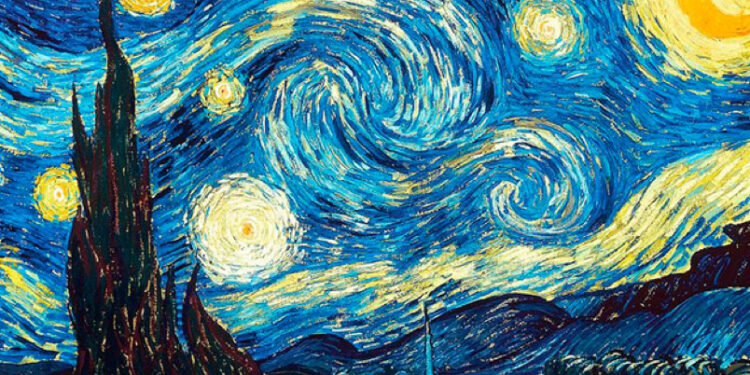When I hear the word art, works like “The Water Lilies” by Monet, “Guernica” by Picasso and “The Starry Night” by Van Gogh come to mind. But there are also other great artists with not-so-known names, and even a few spots on a canvas can convey emotion, history and culture.
Art is not only painting, it is also the poetry, theatre, novels, music, fashion and cinema. All these forms of art are led by creators, pioneers and innovators. But are they all human? In this blog we ask ourselves what it takes to be creative and if this creativity can reach the machines.

Creativity is defined as the ability to go beyond traditional ideas, rules, patterns, and relationships to create meaningful new forms, methods, and interpretations. Daniel Kahneman’s in his book “Thinking Fast and Slow” explores a model of human decision in which differentiates two systems: system 1 and system 2. While system 1 is impulsive and automatic, based on evolutionary instincts and tendencies, system 2 is logical and analytical.
A study of creativity
A study of Jonathan Smallwood it proves that people more creative is able to leverage both systems to create creative connections. These people can be simultaneously in a dream state and concentrated in the outside world. While imagination (system 1) is important to generate unique ideas, logical thinking (system 2) is necessary to exploit them. Machines have the tools to make very precise analysis and logical connections, but can they dream? that’s even more questionable.
From composing music to build sculpture, AI systems in art feed on data from thousands of examples and search for pattern and trends from the machine learning. With all this the system is able to replicate and create similar versions. If we talk about creativity simply as something that goes beyond rules and patterns to create interpretations can we not say that this is what the machines are doing? In one of our posts previous we talked about how companies incorporate the AI in many of their creative processes.

IA, the great copycat
Although what we like about an artist is his unique and recognizable style, we value machines more for their ability to copy and imitate. Well, any originality that can come out of them is merely a coincidence.
“It’s easy for AI to create something innovative at random. But it is very difficult to create something innovative that is both unpredictable and useful. “- John Smith, Image and multimedia Manager at IBM Research.
Remember that the artists are inspired by external stimulievents and relationships, this is the same thing that the Artificial intelligence with data inputs. We know that AI is not pioneer in creating new content, but does this mean it doesn’t show creativity?
The argument of whether AI can become the next Picasso it depends on the way in which we see creativity, if we see it as a process or as a means to create something interesting. Many will see a beautiful piece of art and be happy, but for others, creativity is a process that consists of moving away from what has already been done before. The machines will be really creative when they decide to start drawing without any prior instructionbut to think that this could happen is scary.
AI in art is currently a tool to help create a work faster. It is clear that we can teach the artificial intelligence how to be creativebut it remains to be seen whether he is able to create something exceptionally beautiful. The true creativity it comes when you are surrounded by senses, feelings and experiences, something that we only experience human beings. We would have to incorporate into the machines everything we perceive as human; smells, sounds, feelings, connections, etc.so that they could become artists in all their essence.
Original post written by Olivia Brookhouse: ARTYficial Intelligence or just Artificial, can tech be creative?








